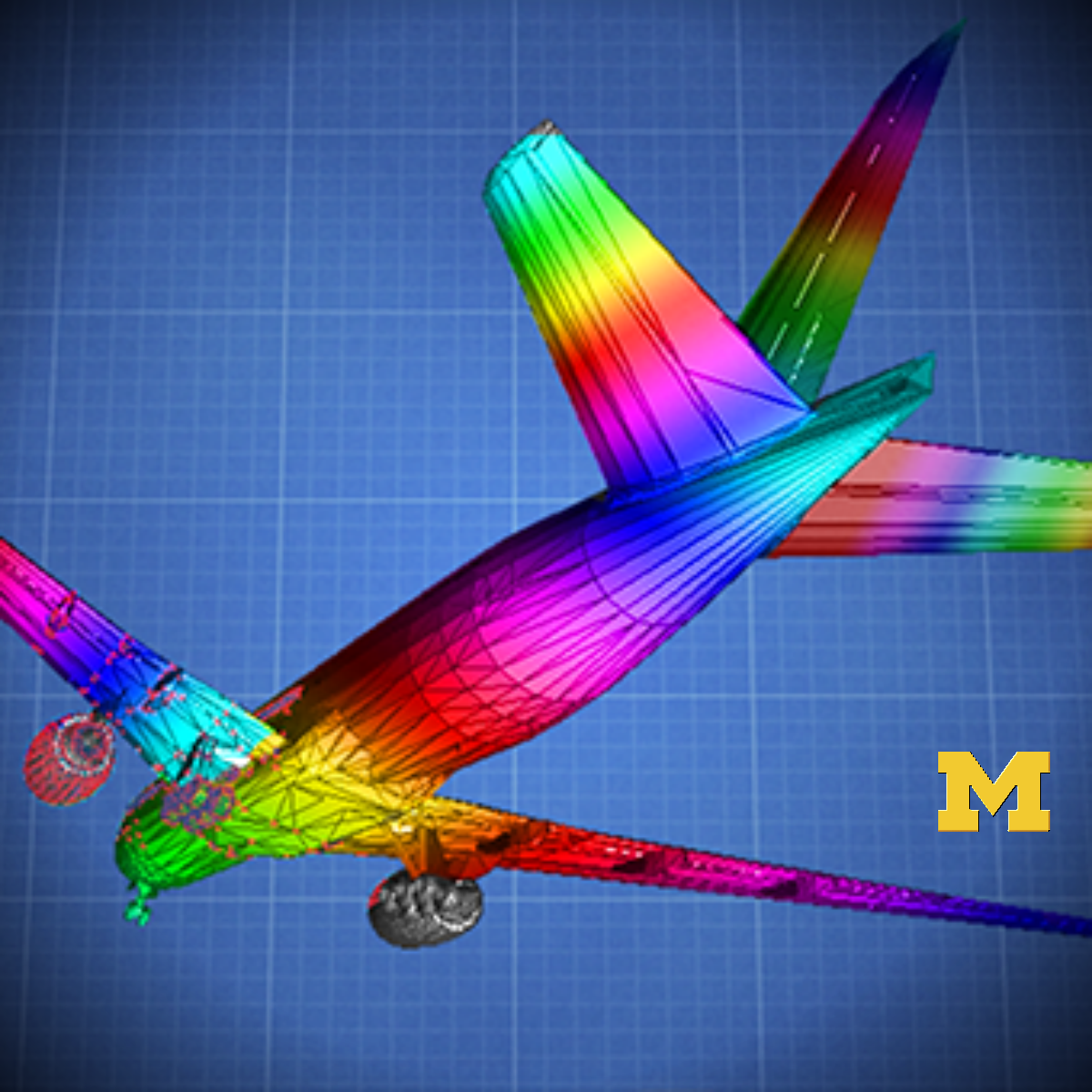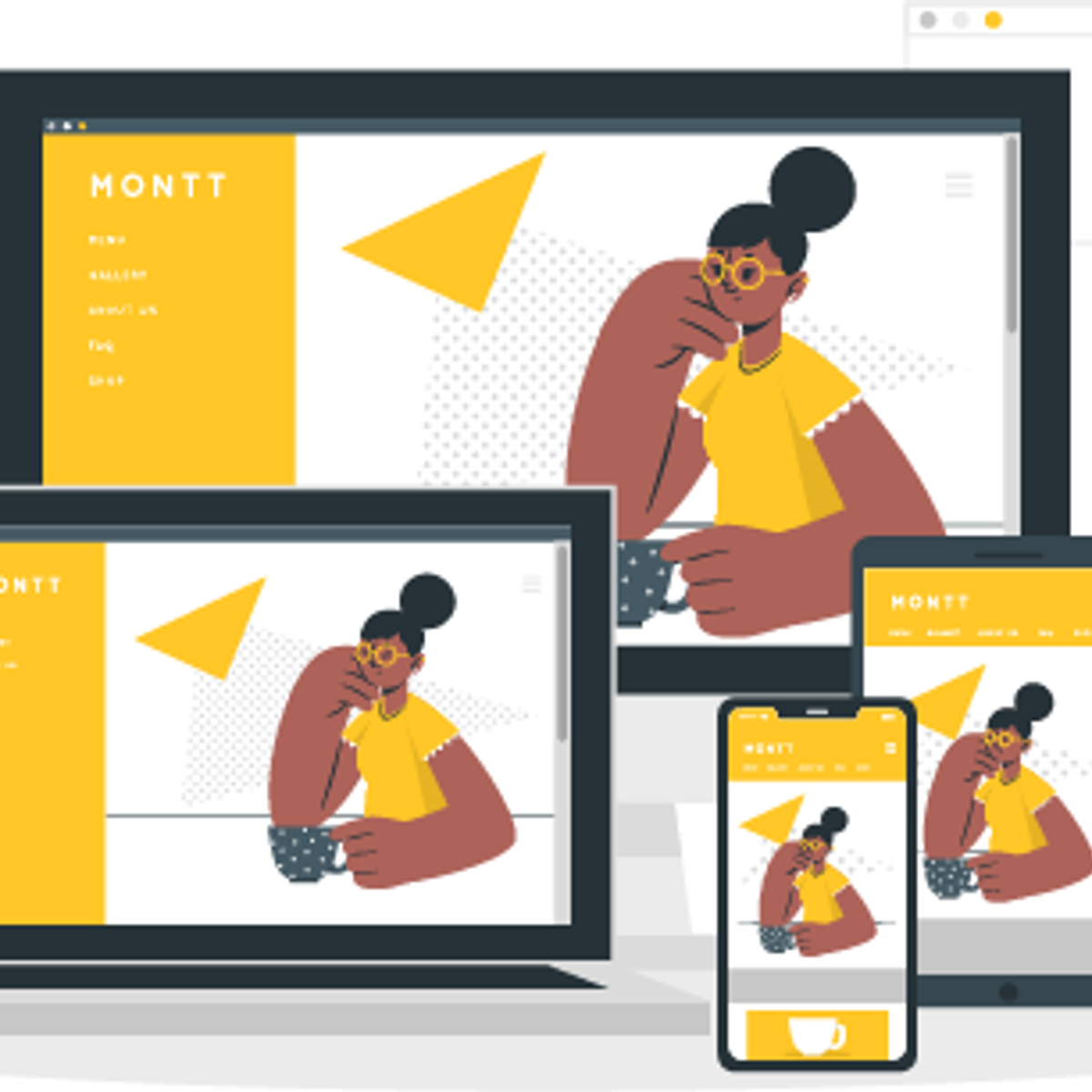Back to Courses









Computer Science Courses - Page 90
Showing results 891-900 of 2309

Incident Detection and Response
Course 7: Incident Detection and Response
Welcome to course seven, Incident Detection and Response. Having an intruder inside your systems for months unnoticed by your systems, administrators, security specialists, and end-users is tantamount to giving the intruder, the keys to your business or organization. In many cases, organizations discover that they have been subjected to a data breach when they are told by others that their private data has been offered for sale on the dark web. Many leading voices within the security profession state that we all must do better to detect the intruders in our myths. Many people even say that detecting intruders should be the priority for security professionals. Ransomware attacks have become a big business involving not only large scale extortion attacks, but also the sell of ransomware attack tools and services, as well as the exploitation of any data ex-filtrated during the breach. Government officials and industry professionals worldwide have been raising their voices about this new and very troubling variant in the business model of advanced persistent threat or APT attackers. In this chapter, we'll focus on intrusion and incident detection. Many of the tools, techniques, technologies, and ideas, you'll see here have already been examined in previous chapters. This course brings them together and begins by discussing the central theme of detecting the intruder. Model one uses the concepts of precursors and indicators, the signals that give us advanced warning and a genuine alert about a risk event and the indicators of compromise concept which are those signals that we're certain can only mean a hostile agent has gained access. Module two will extend these ideas and concepts around the idea of what to do after you've discovered a possible intrusion, expanding your understanding of incident response. Module three continues with a deeper look at supporting forensic investigations. Forensics is an evidence-based process of logically and dispassionately reasoning about a situation or an event. It's your inner child, looking at something and asking questions. Then following each of those questions with more questions, letting the facts that you find frame and shape your growing understanding of what happened, how why and where, who did it and what impacts it may have. With these questions answered you can circle back to reviewing risk mitigation controls to see which if any, need to be modified, replaced or augmented.
Course 7 Learning Objectives
After completing this course, the participant will be able to:
L7.1 - Review the steps for monitoring, incident detection and data loss prevention using all-source intelligence.
L7.2 - Identify the elements of an incident response policy and members of the incident response team (IRT).
L7.3 - Classify the security professional’s role in supporting forensic investigations.
Course Agenda
Module 1: Operate All-source Intelligence for Monitoring and Incident Detection (Domain 3 - Risk Identification, Monitoring, and Analysis)
Module 2: Support Incident Lifecycle (Domain 4 - Incident Response and Recovery)
Module 3: Understand and Support Forensic Investigations (Domain 4 - Incident Response and Recovery)
Who Should Take This Course: Beginners
Experience Required: No prior experience required

Secure Full Stack MEAN Developer
MEAN stack development is a modern approach to building dynamic web applications. It is an open-source JavaScript framework that harnesses four major technologies: MongoDB, Express, Angular, and Node.js. Given the ever-increasing demand for full-stack JavaScript developers, this course will help you master both front-end and back-end development.
The course will begin with teaching you how to build your own application with plain JavaScript and the fundamentals of web development (HTML, CSS, and JavaScript). You will understand how Node can be used to execute JavaScript code at the back end and the powerful applicability of Node when used with the Express framework and MongoDB. Further, you will learn how to use the front-end framework with Angular for building client applications and user interfaces. Later, you will become familiar with building REST APIs with tools such as Postman and SoapUI.
By the end of this course, you will be able to successfully build secure web applications with the most advanced and updated JavaScript frameworks.

The Finite Element Method for Problems in Physics
This course is an introduction to the finite element method as applicable to a range of problems in physics and engineering sciences. The treatment is mathematical, but only for the purpose of clarifying the formulation. The emphasis is on coding up the formulations in a modern, open-source environment that can be expanded to other applications, subsequently.
The course includes about 45 hours of lectures covering the material I normally teach in an
introductory graduate class at University of Michigan. The treatment is mathematical, which is
natural for a topic whose roots lie deep in functional analysis and variational calculus. It is not
formal, however, because the main goal of these lectures is to turn the viewer into a
competent developer of finite element code. We do spend time in rudimentary functional
analysis, and variational calculus, but this is only to highlight the mathematical basis for the
methods, which in turn explains why they work so well. Much of the success of the Finite
Element Method as a computational framework lies in the rigor of its mathematical
foundation, and this needs to be appreciated, even if only in the elementary manner
presented here. A background in PDEs and, more importantly, linear algebra, is assumed,
although the viewer will find that we develop all the relevant ideas that are needed.
The development itself focuses on the classical forms of partial differential equations (PDEs):
elliptic, parabolic and hyperbolic. At each stage, however, we make numerous connections to
the physical phenomena represented by the PDEs. For clarity we begin with elliptic PDEs in
one dimension (linearized elasticity, steady state heat conduction and mass diffusion). We
then move on to three dimensional elliptic PDEs in scalar unknowns (heat conduction and
mass diffusion), before ending the treatment of elliptic PDEs with three dimensional problems
in vector unknowns (linearized elasticity). Parabolic PDEs in three dimensions come next
(unsteady heat conduction and mass diffusion), and the lectures end with hyperbolic PDEs in
three dimensions (linear elastodynamics). Interspersed among the lectures are responses to
questions that arose from a small group of graduate students and post-doctoral scholars who
followed the lectures live. At suitable points in the lectures, we interrupt the mathematical
development to lay out the code framework, which is entirely open source, and C++ based.
Books:
There are many books on finite element methods. This class does not have a required
textbook. However, we do recommend the following books for more detailed and broader
treatments than can be provided in any form of class:
The Finite Element Method: Linear Static and Dynamic Finite Element Analysis, T.J.R.
Hughes, Dover Publications, 2000.
The Finite Element Method: Its Basis and Fundamentals, O.C. Zienkiewicz, R.L. Taylor and
J.Z. Zhu, Butterworth-Heinemann, 2005.
A First Course in Finite Elements, J. Fish and T. Belytschko, Wiley, 2007.
Resources:
You can download the deal.ii library at dealii.org. The lectures include coding tutorials where
we list other resources that you can use if you are unable to install deal.ii on your own
computer. You will need cmake to run deal.ii. It is available at cmake.org.

Flutter Web and Firebase Authentication
This is a self-paced lab that takes place in the Google Cloud console.
This lab demonstrates how to use Firebase Web authentication in a Flutter application.

Developing Responsive Web Pages Using HTML5 and CSS3
The number of mobile users has increased exponentially over the past few years. Shopping, social connect, entertainment and other activities are just a few clicks away for these mobile users. A responsive web design adjusts the layout and appearance of the web pages to suit the resolution and width of the screens. This makes a web page look attractive on devices with diverse screen sizes. Designing a well-organized, responsive, and user-friendly web page has therefore become the need of the hour.
This course will guide you to develop websites that adapt to the device size of the visitor’s viewport and provide users an optimal experience.

Redacting Sensitive Data with the DLP API
This is a self-paced lab that takes place in the Google Cloud console. Redacting Sensitive Data with the DLP API

Exception Handling in Python
In this 1-hour long project-based course, you will learn the differences between an exception and syntax errors, how to raise an exception, what an AssertionError exception is within Python, how to use the try, except and else clause and how to use the finally clause and any clean-up actions.
By the end of this project, you will have an understanding of error and exception handling in python. Once you have a beginner's knowledge of python programming and start coding you may find that something disrupts the normal flow of the program you have built. You may find yourself with errors in your code. This course will provide students with the knowledge behind exception handling in python and show how to write high-quality code to ensure that if your python scripts encounter a situation that it cannot cope with that the right procedures are in place to provide meaningful information and deal with those errors.
Thus, ensuring that your code is efficient and robust which is an essential aspect of writing high-quality code. This project will take students through a number of examples demonstrating several of the most useful python exceptions. You will gain an understanding of exception handling in python from the in-depth examples provided.
Advanced App Development in Android Capstone
This capstone project has been designed as an opportunity to practice what you have learned in the first 3 courses of this specialisation. This capstone project consists of 4 assignments. You will have to develop an immersive Android app with the use 3D graphics, sensor control and VR. For the first assignment, you will have to develop a virtual art gallery using the Android Canvas drawing functions introduced in Course 1 "Introduction to Android graphics". The second assignment entails the design and development of a virtual 3D art gallery based on OpenGL ES applying the knowledge and skills acquired in Course 2 "Android Graphics with OpenGL ES". For the third assignment you will create a virtual reality app with your 3D art gallery, using advanced techniques like introducing sensor control, animations, binocular view for VR, lighting effects and texture mapping, based on the knowledge and skills you learned in Course 3 "3D Graphics in Android: Sensors and VR". For the final submission of the capstone project we give you the avenue to combine your creativity with all the knowledge and skills you gained in Android graphics programming from the three first courses. This capstone is intended for learners with basic knowledge in Android app development seeking to develop knowledge in computer graphics and virtual reality in Android. The learners should have completed the 3 courses in this specialisation (i.e. Course 1 "Introduction to Android graphics", Course 2 "Android Graphics with OpenGL ES", and Course 3 "3D Graphics in Android: Sensors and VR") before starting this capstone project.

Introduction to Typography
Typography is the art of manipulating the visual form of language to enrich and control its meaning. It’s an essential area of skill and knowledge for graphic designers. Typography predates modern graphic design by around 500 years; it is rich in rules, conventions, and esoteric terminology—but it remains an exciting space for invention and expression.
In this rigorous introductory course, we will study, name, and measure the characteristics of letterforms. We’ll consider the pragmatic concerns involved in selecting and combining type. We’ll peek into the
rich historical, cultural, and aesthetic histories of familiar typefaces. We’ll discuss time-tested conventions and best practices in setting type, as governed by principles of hierarchy and spatial organization. And we’ll explore the expressive, meaning-making potential of type.
Informative lectures will be complemented by a series of three peer-assessed assignments, culminating
in an opportunity to design a full-scale typographic poster.
Please note that this is not a software course; a basic working knowledge of Adobe InDesign or other
page layout software will be assumed. You will need access to a computer and page layout software, such as InDesign, to complete the assignments.

Introduction to Artificial Intelligence (AI)
In this course you will learn what Artificial Intelligence (AI) is, explore use cases and applications of AI, understand AI concepts and terms like machine learning, deep learning and neural networks. You will be exposed to various issues and concerns surrounding AI such as ethics and bias, & jobs, and get advice from experts about learning and starting a career in AI. You will also demonstrate AI in action with a mini project.
This course does not require any programming or computer science expertise and is designed to introduce the basics of AI to anyone whether you have a technical background or not.
